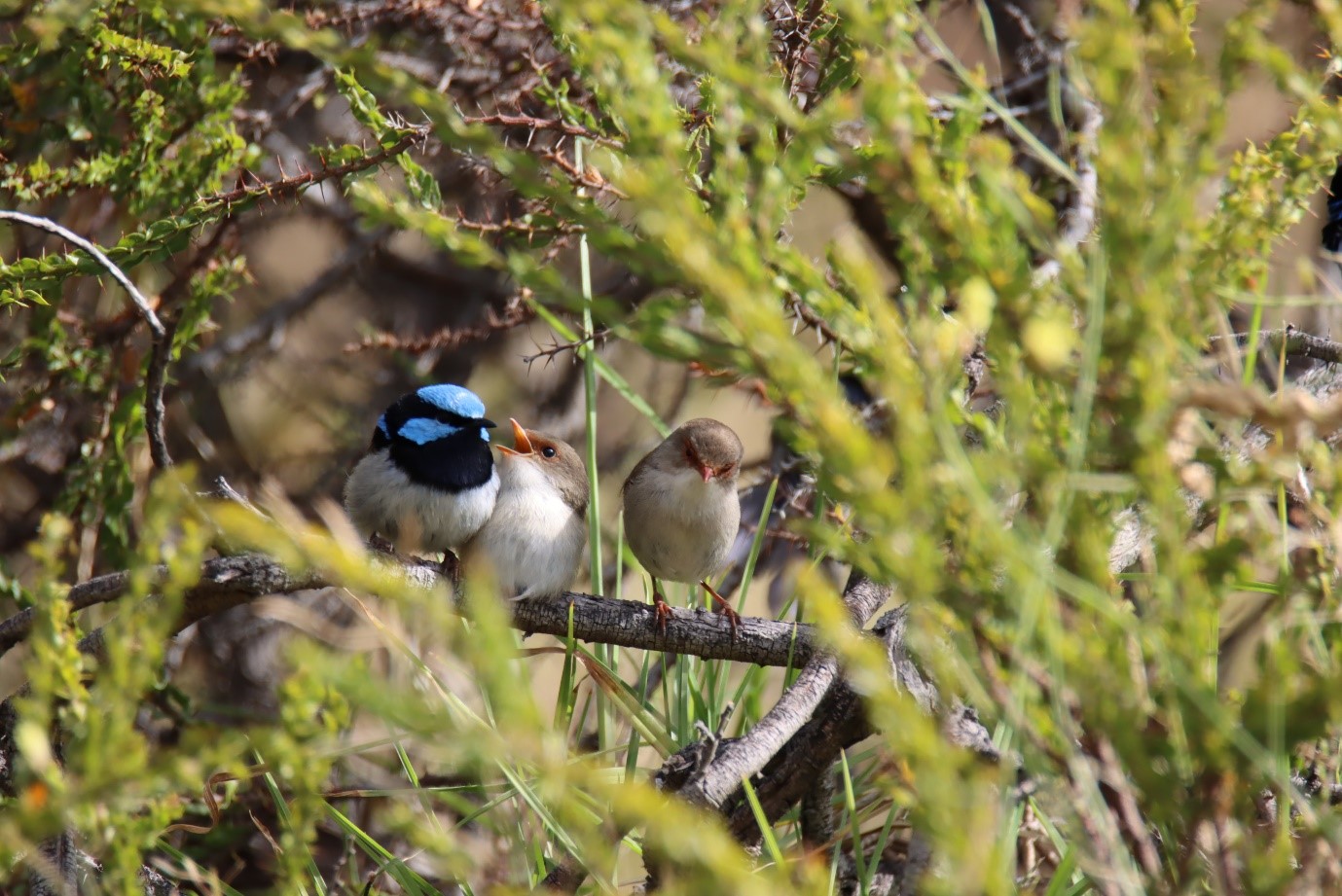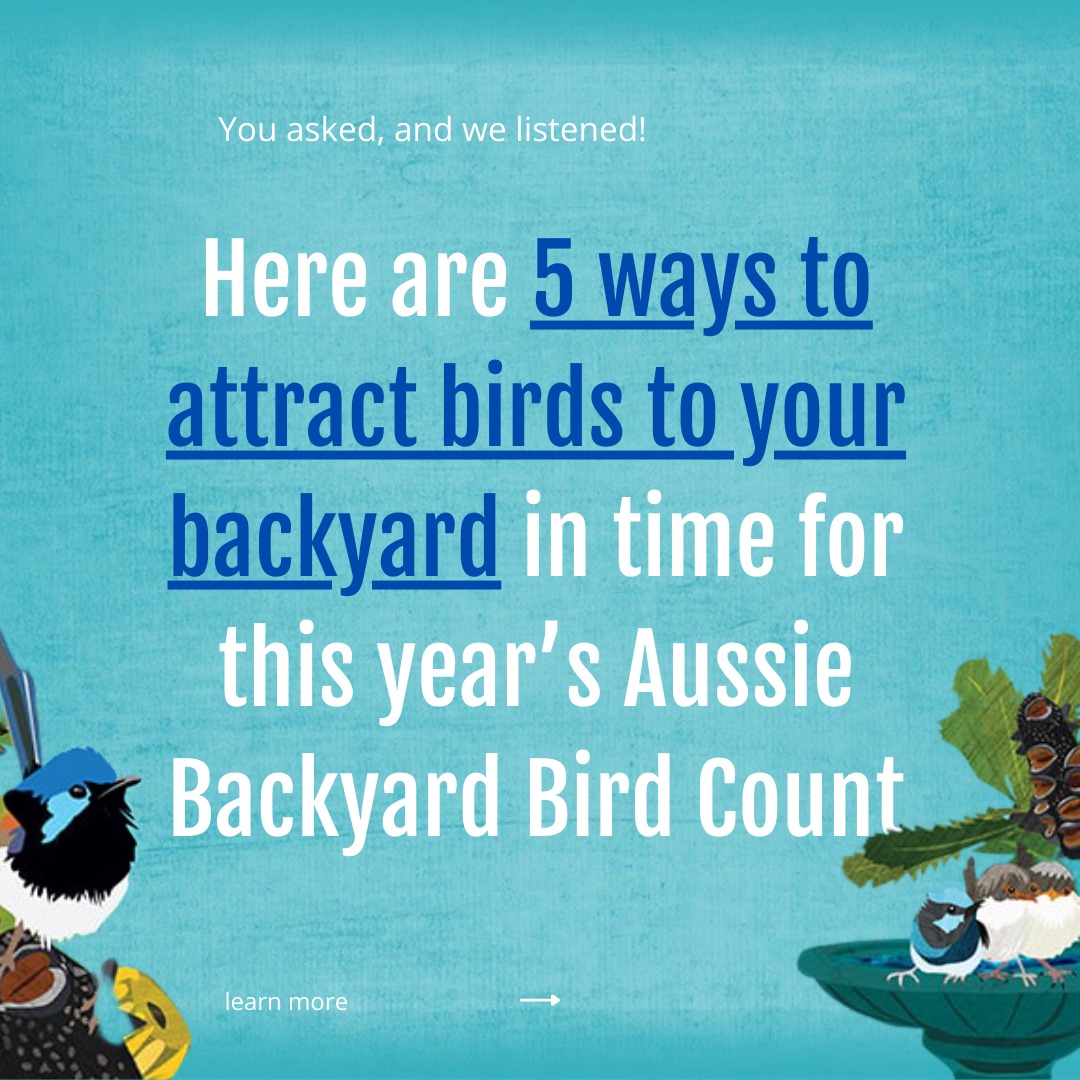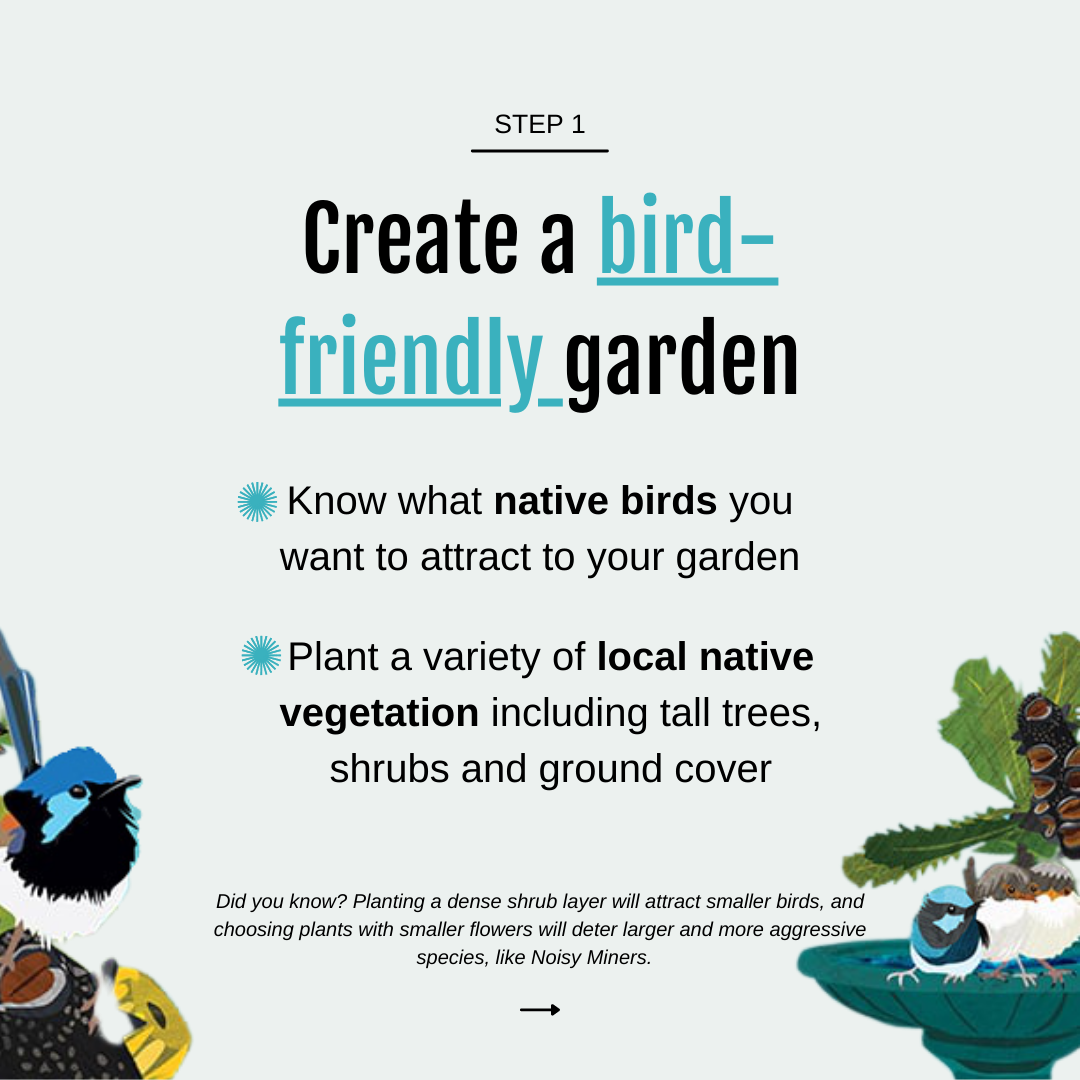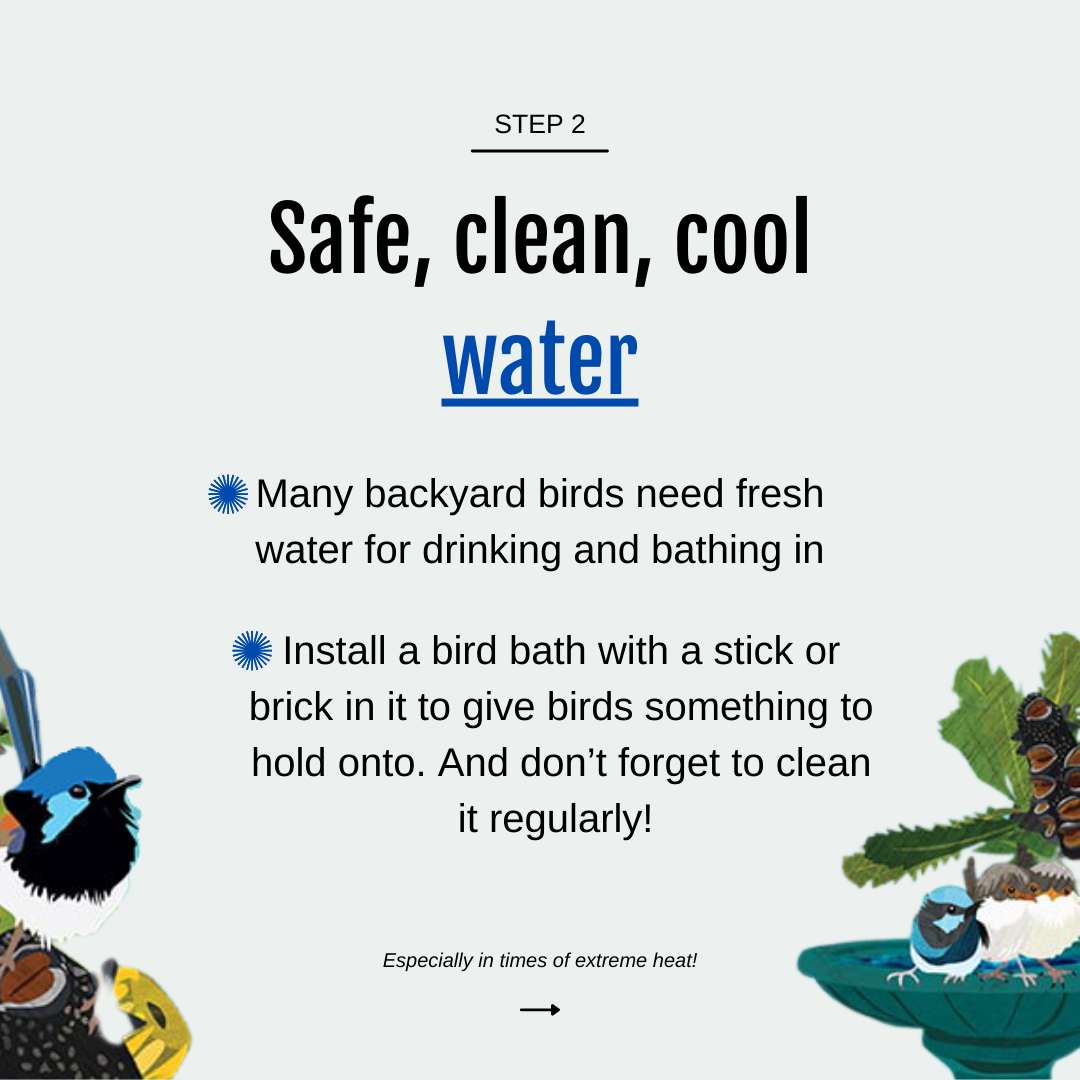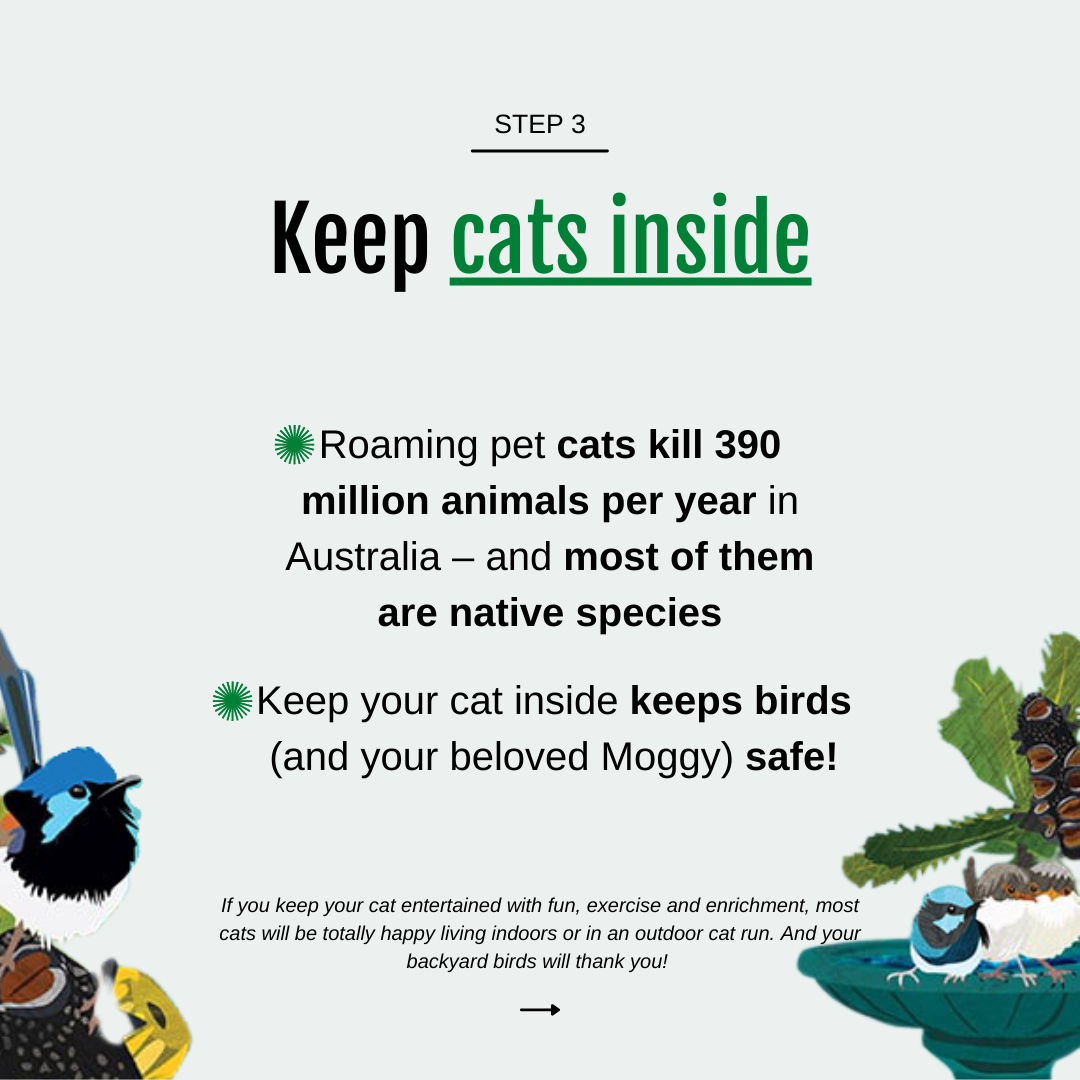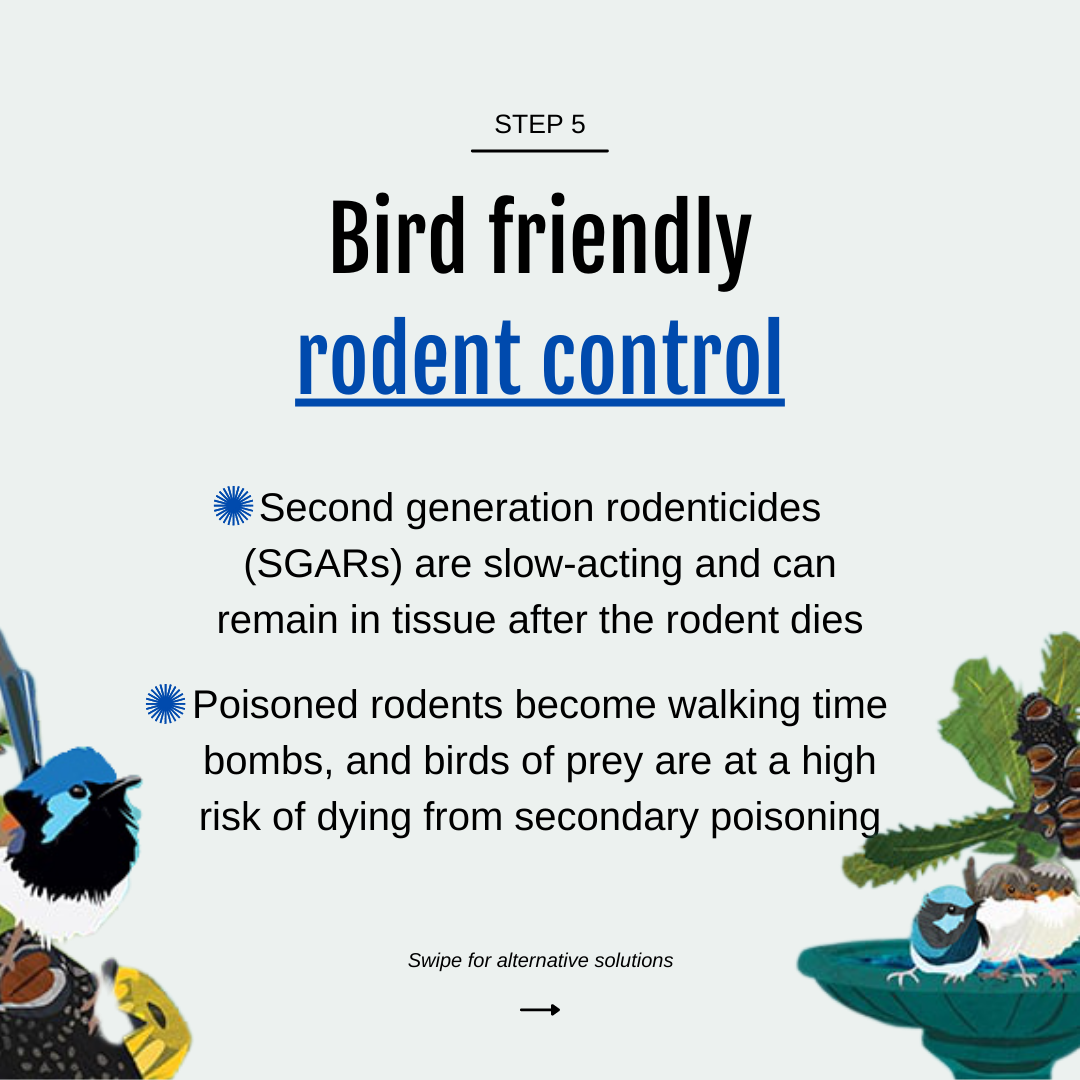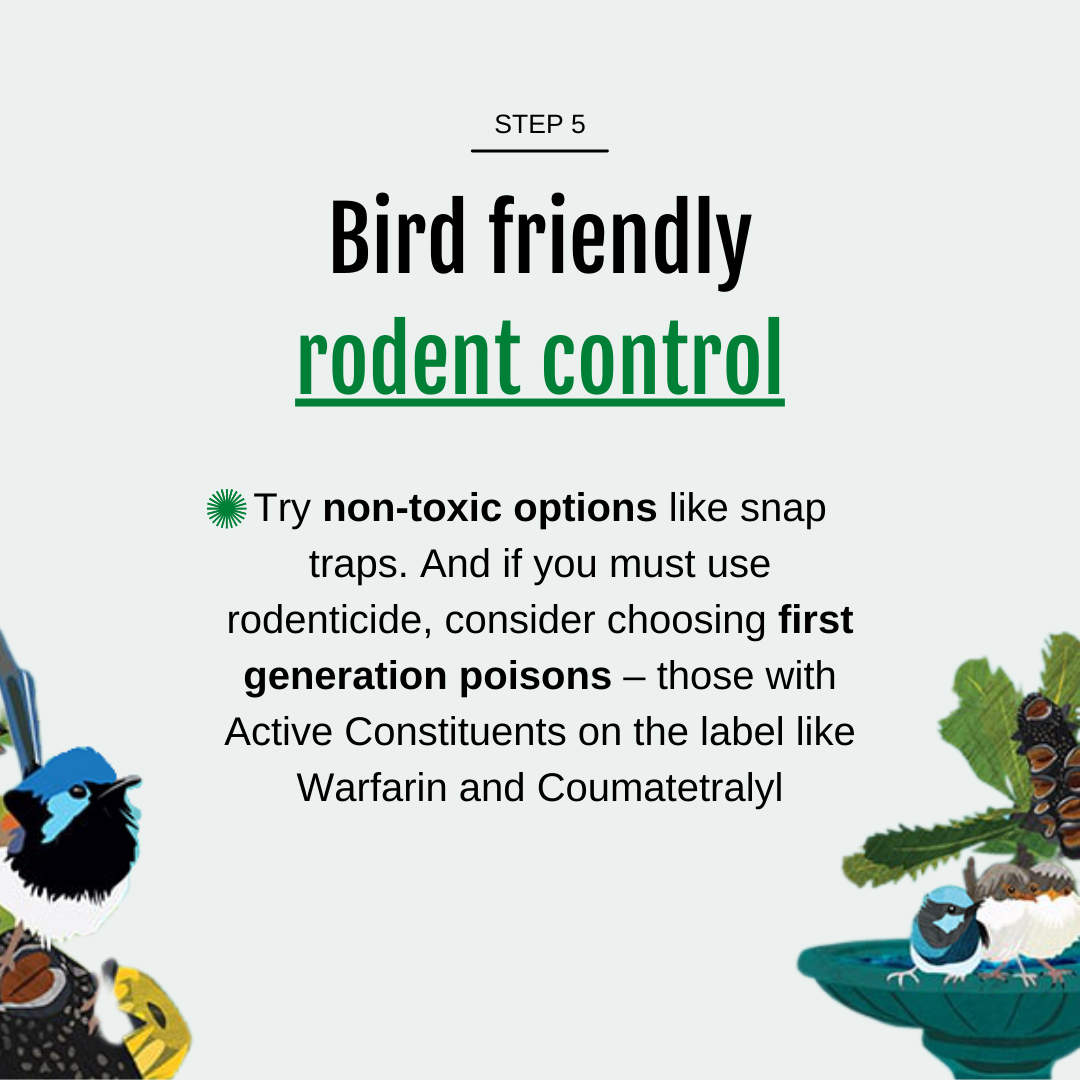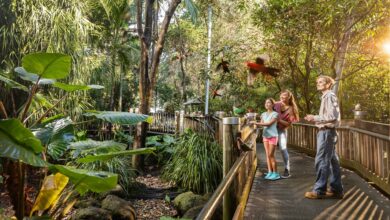The annual Aussie Backyard Bird Count is on 18-24 October, giving residents the opportunity to help conserve native wildlife and learn more about Ipswich’s 300 species of avifauna.
BirdLife Australia is hosting the 20-minute citizen science event during National Bird Week, which saw more than 108,000 people count about 4.6 million feathered fliers from backyard and outdoor spaces in the suburbs, parks, forested and urban areas in 2020.
Environment and Sustainability Committee chair Cr Russell Milligan said the Aussie Backyard Bird Count was a fun, safe activity that could be enjoyed even under COVID-19 restrictions.
“Spending time observing nature has benefits not only to citizen science but also to our mental health and wellbeing – you’ll be feeling chirpy in more ways than one,” Cr Milligan said.
“From hearing the iconic Laughing Kookaburra to spying a beautiful Rainbow Bee-eater or Willie Wagtail, your count will help ecologists track large-scale biodiversity trends while gaining a greater appreciate of our unique fauna.”
BirdLife Australia’s National Public Affairs Manager Sean Dooley said last year’s count broke the record for the number of surveys conducted and the number of birds counted.
“Overall, Rainbow Lorikeets finished on top of the list throughout Australia, with more than half a million counted. These colourful birds have finished on top every year since the Aussie Bird Count began in 2014,” Mr Dooley said.
“The information gathered during the Aussie Backyard Bird Count will feed back into BirdLife Australia’s databases and will provide a much clearer picture of what’s happening with local bird populations across the country.”
Almost 950,000 birds were counted in Queensland in 2020, with the most common being the Rainbow Lorikeet, Noisy Miner and Torresian Crow. The top 10 species recorded included Noisy Miners, Magpies, Sulphur-crested Cockatoos and Galahs. The Australian White Ibis, the polarising bird more commonly referred to as the Bin Chicken, finished in tenth spot.
The data collected from citizen science programs like the Aussie Backyard Bird Count fills a knowledge gap, particularly on urban bird species, and gives Birdlife Australia access to areas they usually wouldn’t be able to survey.
Many iconic bird species have been identified across Ipswich, including:
- Apostlebirds in Chuwar and Karalee.
- Black-necked Stork at dams and wetlands in the south and south-west rural and semi-rural areas.
- Grey-crowned Babblers in the quiet side roads of Ironbark.
- Southern Boobook, Mistletoebird, Superb Fairywren, Double-barred Finch, Australian Owlet Nightjars, Bush Stone-Curlew and Eastern Spinebill may be seen and heard in the Ipswich CBD and fringing suburbs.
- Hundreds of Scaly-breasted Lorikeets roosting in the trees on upper Brisbane Street every night.
To find out more and to register now to be part of the nation’s largest annual citizen science event, visit aussiebirdcount.org.au
For more information about bird watching and #BirdsofIpswich, visit www.discoveripswich.com.au/ultimate-birdwatchers-guide-ipswich

